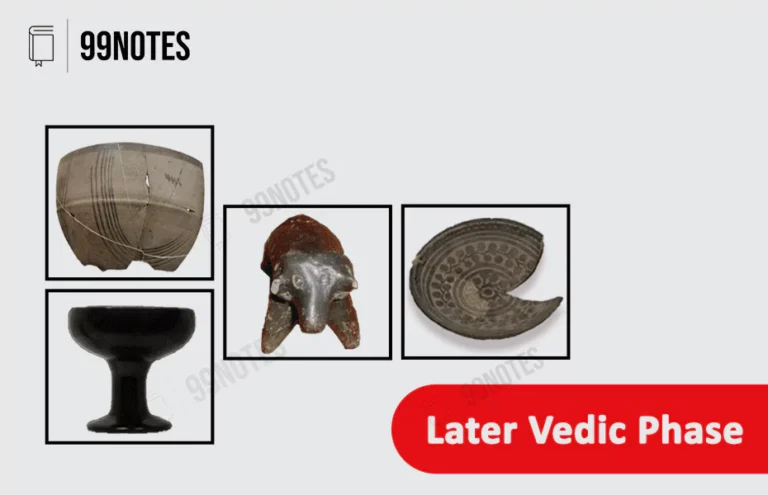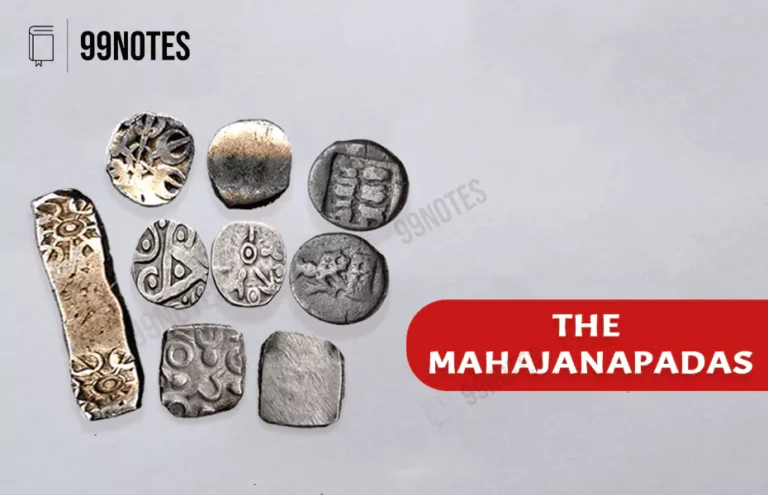Later Vedic Period Notes for UPSC IAS Exam
Later Vedic Period The later Vedic period or post Vedic age extended roughly from 1000 B.C. to 600 B.C., during which some Vedic tribes had migrated from the ‘Sapta Sindhu’ region to the upper Ganga Valley and other adjacent areas. The history of the later Vedic period is based primarily on Vedic texts, which were…


![Complete Vedic Period Upsc Notes [1500 Bce-500 Bce] | Updated January 21, 2025 Complete Vedic Period Upsc Notes [1500 Bce-500 Bce]](https://www.99notes.in/wp-content/uploads/2023/04/vedic-culture-99notes-upsc-1-768x495.webp)






